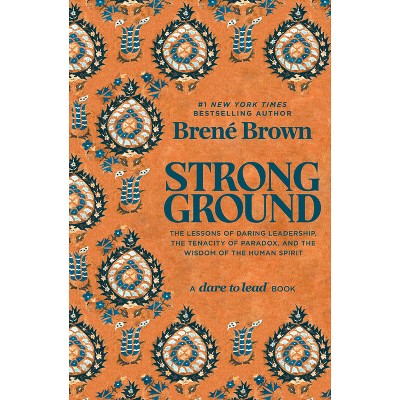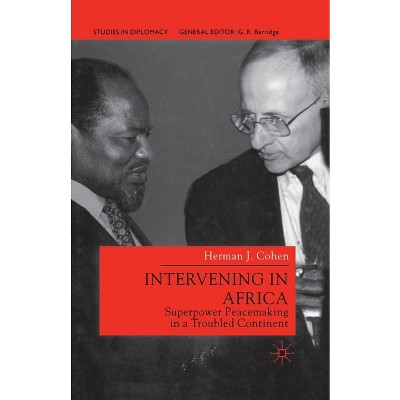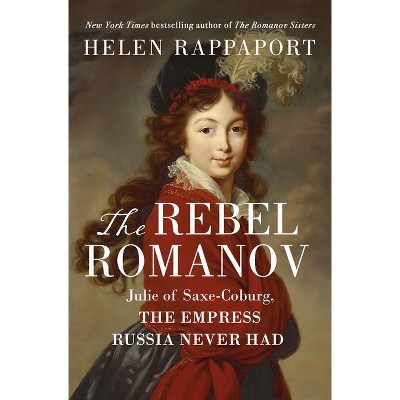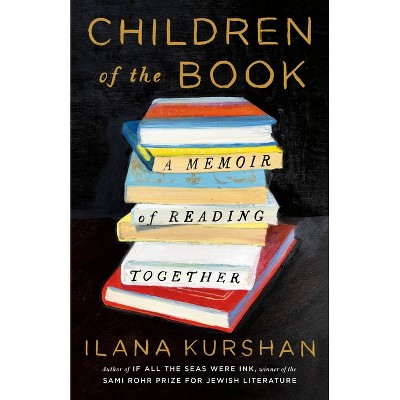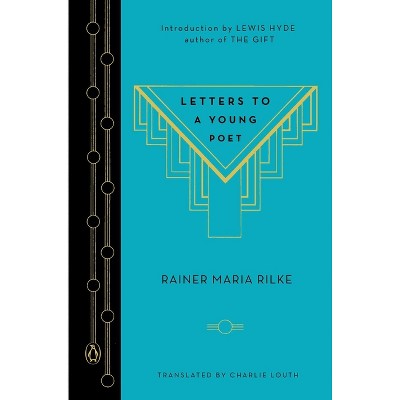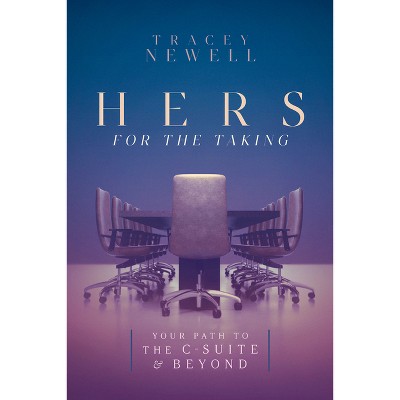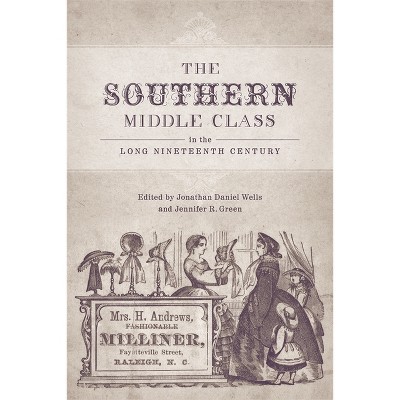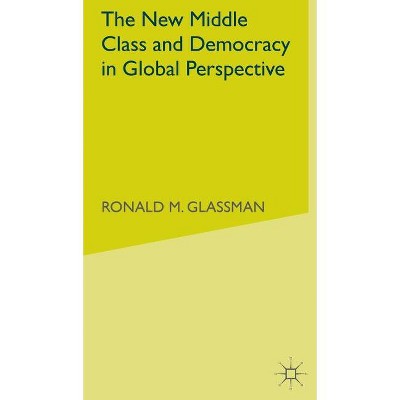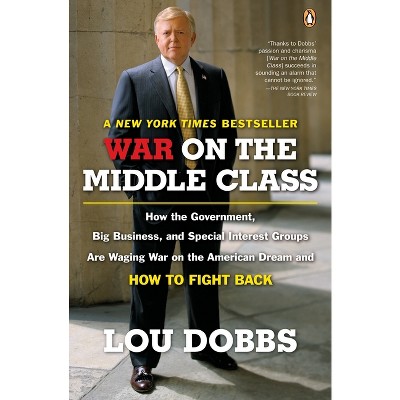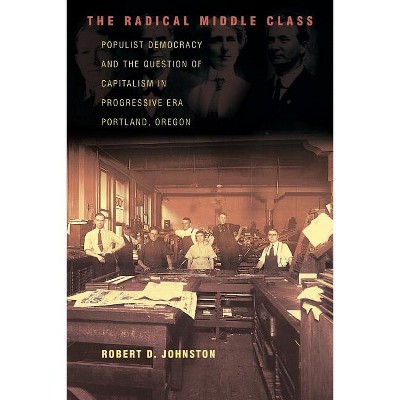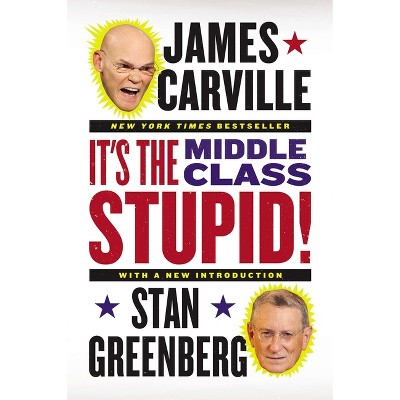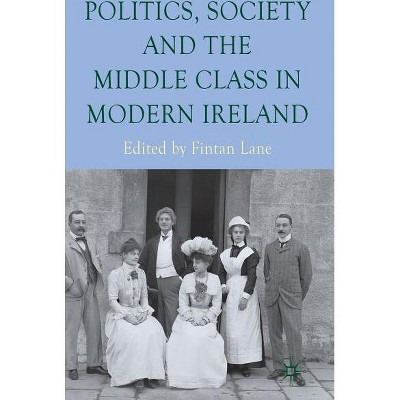Sponsored

Middle Class Culture in the Nineteenth Century - by L Young (Hardcover)
In Stock
Sponsored
About this item
Highlights
- Drawing on expressive and material culture, Young shows that money was not enough to make the genteel middle class.
- About the Author: LINDA YOUNG is a historian by discipline and a curator by trade, teaching Cultural Heritage Management at the University of Canberra.
- 245 Pages
- Social Science, Sociology
Description
Book Synopsis
Drawing on expressive and material culture, Young shows that money was not enough to make the genteel middle class. It required exquisite self-control and the right cultural capital to perform ritual etiquette and present oneself confidently, yet modestly. She argues that genteel culture was not merely derivative, but a re-working of aristocratic standards in the context of the middle class necessity to work. Visible throughout the English-speaking world in the 1780s -1830s and onward, genteel culture reveals continuities often obscured by studies based entirely on national frameworks.Review Quotes
'Linda Young's excellent study will be indispensable to students of Nineteenth-century material culture, whether in England, the United States, or Australia. Whether writing of deportment or jewellery, piano-playing or taking a bath, she ably shows the standards and practices through which the rising middle-classes sought to establish their sense of identity. Lucid, detailed, and insightful, Young's study fascinatingly points up the continuities and correspondences that went to make the emergent bourgeoisie a truly global phenomenon.' - Kate Flint, Rutgers University
'She [Linda Young] has set herself the hugely ambitious task of summarizing nineteenth-century in Australia, America, and Britain in two hundred pages. Her book is perceptive, theoretically sophisticated, and a useful additin to the middle-class history library.' - H-Net Reviews (H-Albion)
About the Author
LINDA YOUNG is a historian by discipline and a curator by trade, teaching Cultural Heritage Management at the University of Canberra. As a scholar and a heritage practitioner, she is especially interested in the intersection of the history and the material culture of domestic life, as expressed in feminist history and historic houses.Shipping details
Return details
Frequently bought together

Trending Non-Fiction





